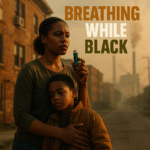
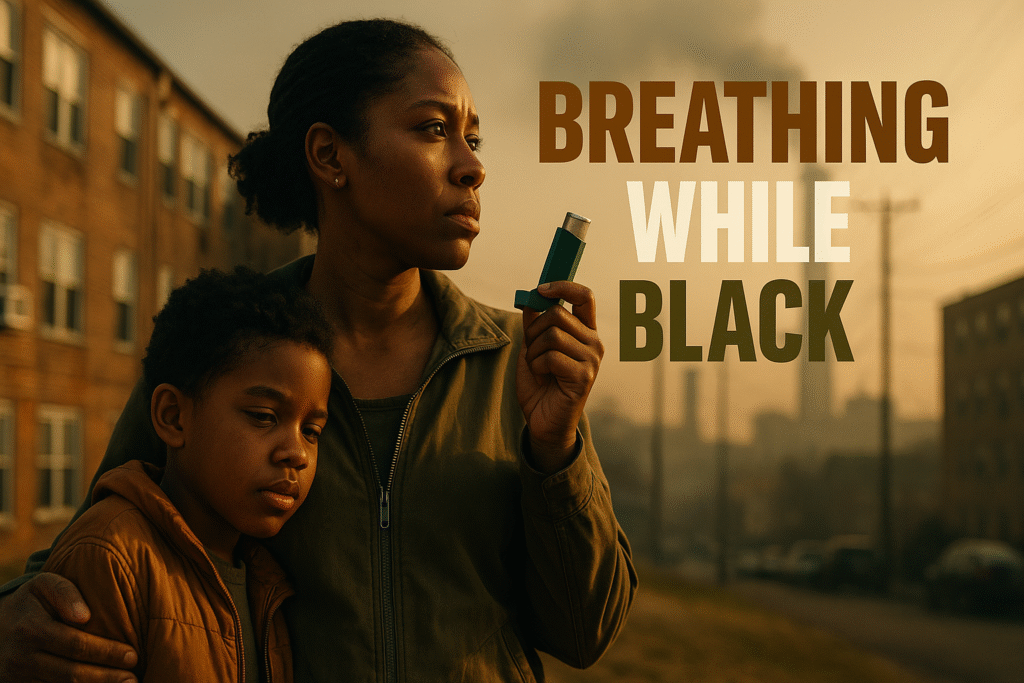
Asthma, Environmental Justice, and Systemic Racism: Mount Vernon’s Black Community on the Frontlines
The History Behind The Headlines
By Darius Spearman (africanelements)
Support African Elements at patreon.com/africanelements and hear recent news in a single playlist. Additionally, you can gain early access to ad-free video content.
Introduction: Asthma, Advocacy, and Environmental Justice Amplify Urgency in Mount Vernon
Residents in Mount Vernon, New York, are rallying around a critical issue: the alarming rates of asthma and respiratory disease faced by Black families, driven by environmental hazards and years of neglect. Local Black-led organizations and the African American Advisory Board’s Asthma Committee are hosting forums and community events that shine a light on the intersection of environmental racism, health disparities, and social justice (Black Westchester). These gatherings galvanize activists, medical professionals, and everyday residents to demand bold policies—and share resources—addressing the unequal burden of disease. The conversations happening now are part of a broader movement linking local action in Mount Vernon to global efforts addressing environmental injustice in African American and Black communities.
Health Disparities, Asthma, and Environmental Racism in Mount Vernon
Mount Vernon’s health crisis is rooted in a landscape of aging infrastructure, environmental pollution, and political neglect. For years, residents have been exposed to toxic air from permitted industrial incinerators burning hazardous waste near homes and schools. These pollutants—dioxins, mercury, lead, and fine smoke—settle in neighborhoods, exacerbating asthma, cancer risk, and other chronic illnesses (Black Westchester). Local forums are bringing new energy to exposing these issues—which have gone unchecked due to weak political accountability and the absence of a functioning hospital in a city of more than 80,000, most of whom are Black.
The data are stark: Black residents are hospitalized for asthma at rates nearly three times those of white residents, and Black women face almost four times the risk of dying from asthma compared to white men (AAFA). Social media conversations and grassroots organizing are creating space for residents to share their experiences, access practical resources like symptom management tips, and participate in health screenings. Organizers stress that asthma prevention requires confronting systemic racism—ensuring clean air, safe housing, and government accountability, not simply handing out inhalers.
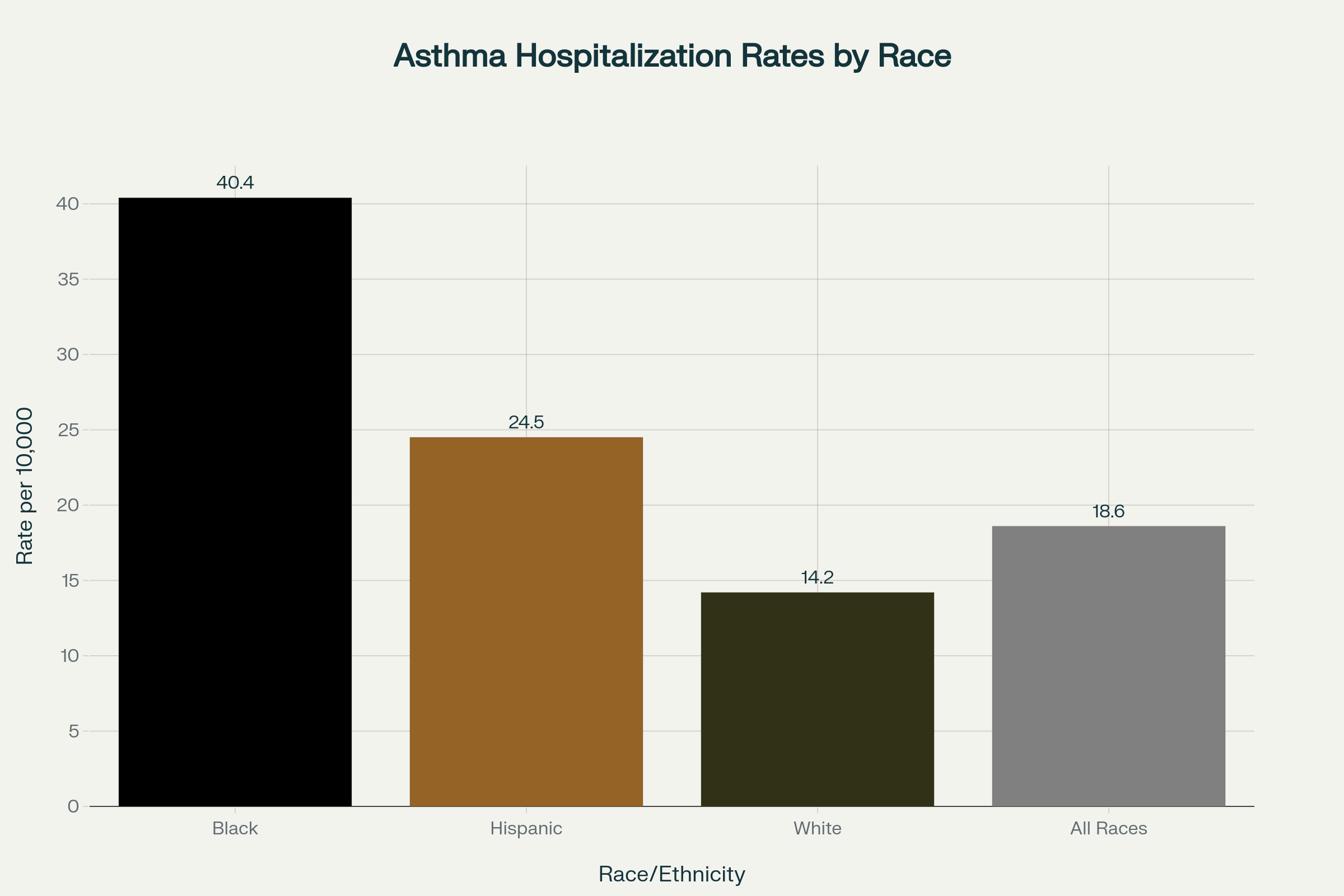
Community Empowerment and Calls to Action in Mount Vernon
Recent grassroots events empower residents with knowledge on recognizing asthma symptoms, reducing household triggers such as mold and secondhand smoke, and connecting residents to county health resources (Black Westchester). Furthermore, activists are moving beyond awareness campaigns, proposing community-led health audits to independently test air, soil, and water—making health data transparent and actionable. Social media platforms and advisory board meetings are increasingly used by the diaspora to strategize, celebrate wins, and share urgent news about political failures that perpetuate health disparities. These forums also foreground how Black leadership can improve accountability and demand solutions that center the most affected: families living near polluting industries, in poorly ventilated buildings, and underrepresented in medical policymaking.
Environmental justice leaders note that true change means legislation with teeth, enforcement of environmental laws—not slogans—and concrete investment in healthcare infrastructure, including restoring hospital services stripped from the city. In the context of national healthcare and EPA policy rollbacks, community organizing and local knowledge sharing remain among the strongest tools residents have to protect themselves and demand justice (Black Westchester).
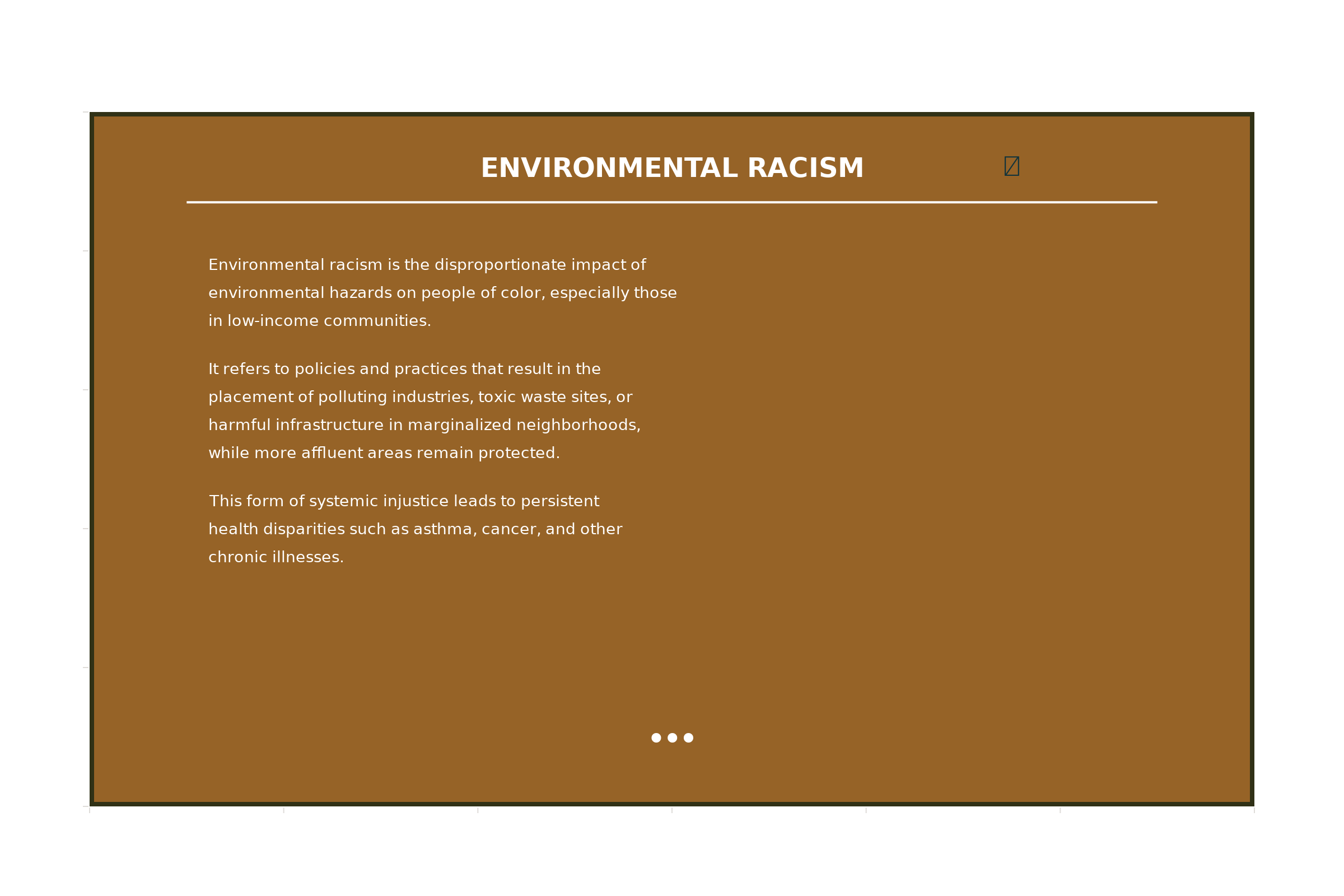
Historical Roots of Environmental Justice and Health Disparities in New York’s Black Communities
Understanding asthma and health disparities in Mount Vernon involves looking at deep historical roots. The environmental justice movement in New York City began gaining traction in the 1960s and 1980s, led by African American and Latino communities who recognized that environmental hazards disproportionately affected their neighborhoods (Trotter Review). Redlining, a federal policy started in the 1930s, systematically denied home loans and investment in neighborhoods with large Black populations, pushing polluting industries into these areas and leaving a legacy of poor air quality and decaying infrastructure (Annals of the American Thoracic Society).
Local activism—often led by Black women—played a pivotal role in changing the political landscape and expanding what it means to fight for a healthy environment. From protests against the North River Sewage Treatment Plant in Harlem, to campaigns closing medical waste incinerators in the South Bronx, organizing efforts linked environmental degradation with broader civil rights and justice issues. These campaigns led to landmark achievements such as the closure of the Fresh Kills Landfill, the passing of the NYC Lead Paint Law, and ultimately federal executive action mandating government agencies to address environmental justice (Trotter Review).
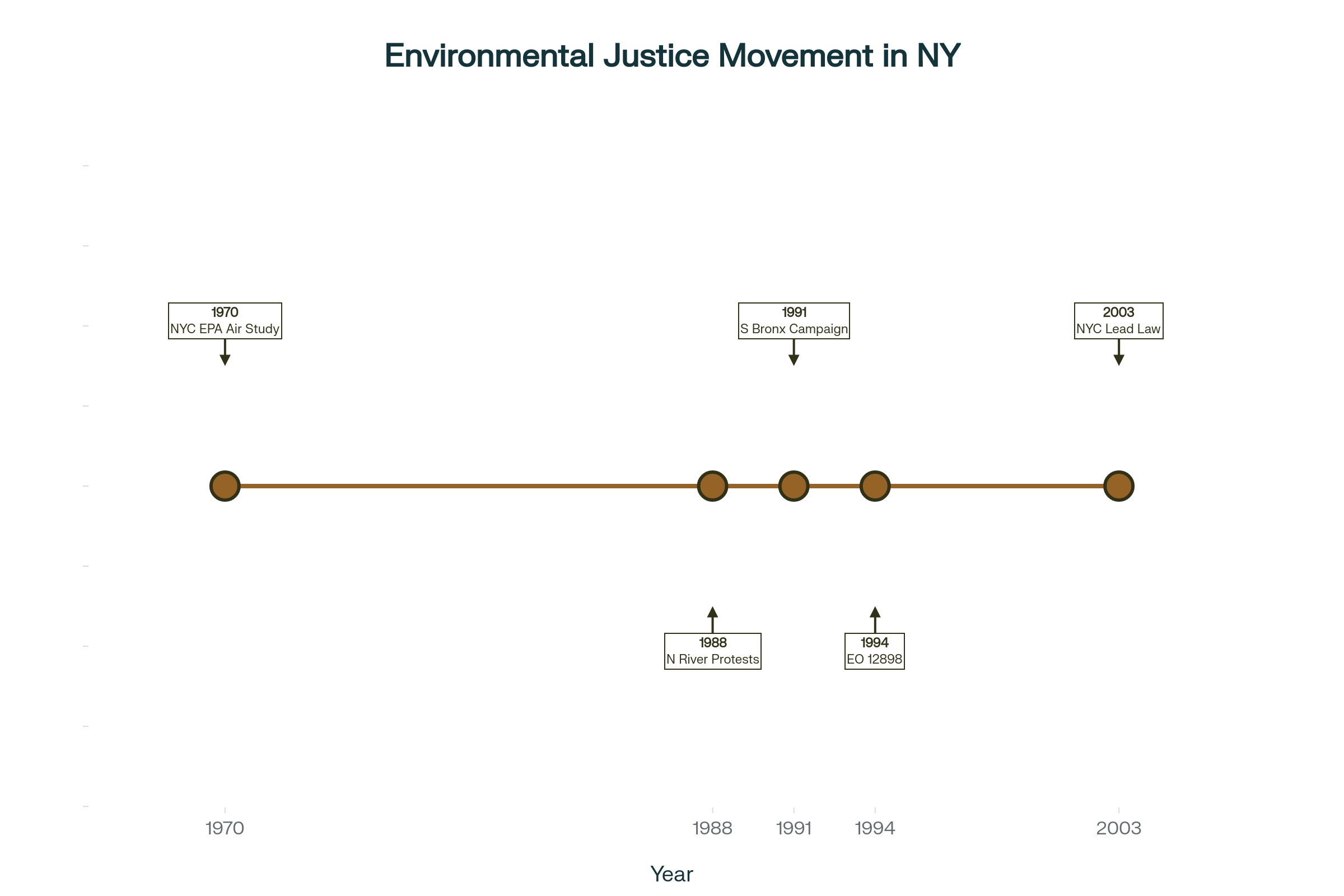
Why It Matters Today: Linking Local Struggle to Systemic Change
Asthma and environmental injustice in Mount Vernon exemplify wider patterns seen in majority-Black cities across the United States, where chronic illness, poor air quality, and lack of medical infrastructure directly reflect systemic racism and past policy decisions (Black Westchester). By connecting historical context to current crises, today’s activists demand more than generic solutions. They push for transnational unity and policies that address the unique realities facing Black populations—recognizing that behind every headline is a long history of resistance, layered injustice, and the hope for real change.
ABOUT THE AUTHOR
Darius Spearman has been a professor of Black Studies at San Diego City College since 2007. He is the author of several books, including Between The Color Lines: A History of African Americans on the California Frontier Through 1890. You can visit Darius online at africanelements.org.
